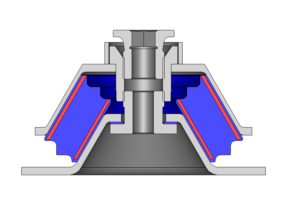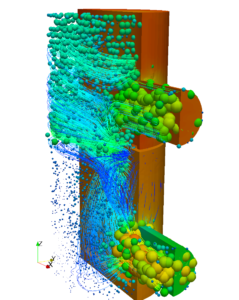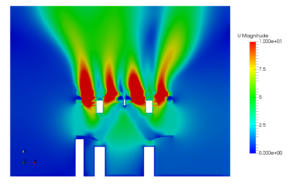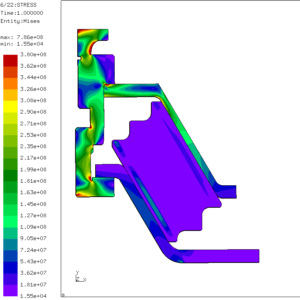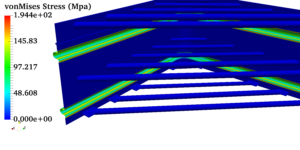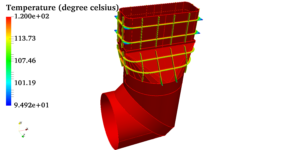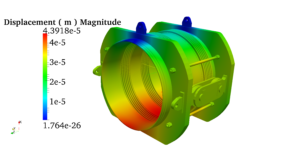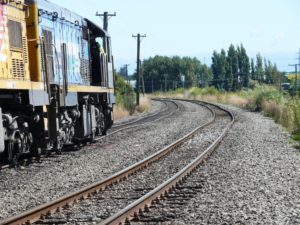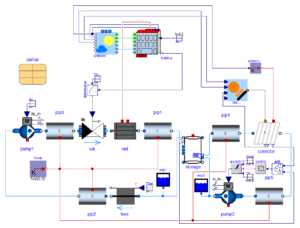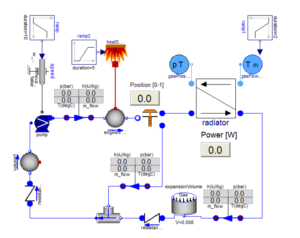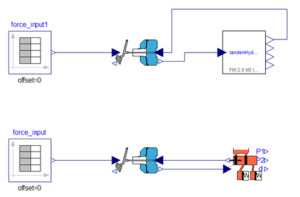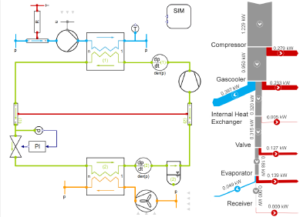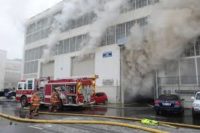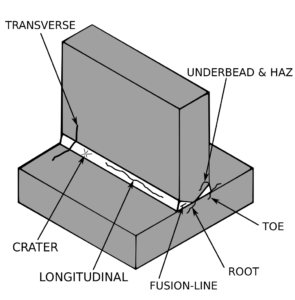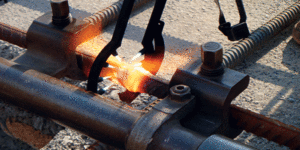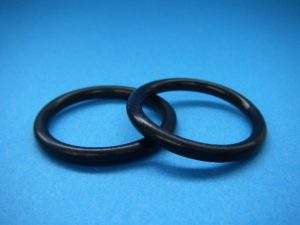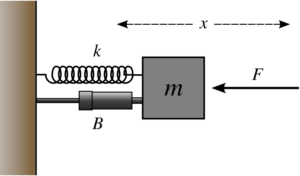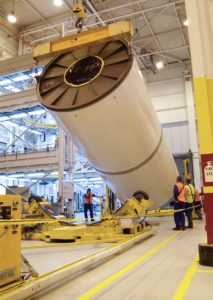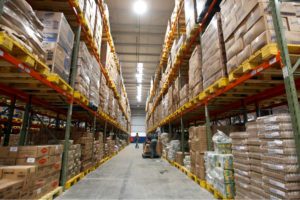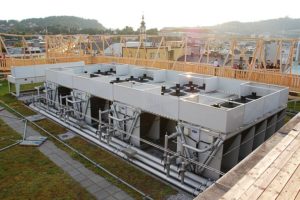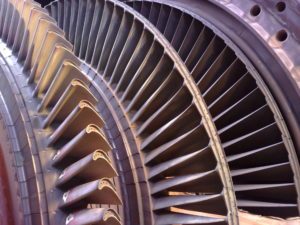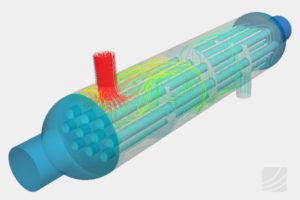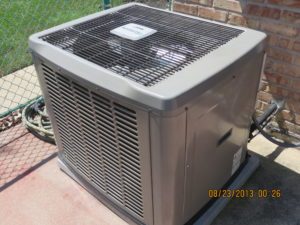CFD Analysis in Waste Water Treatment Tanks
CFD Analysis in Waste Water Treatment Tanks
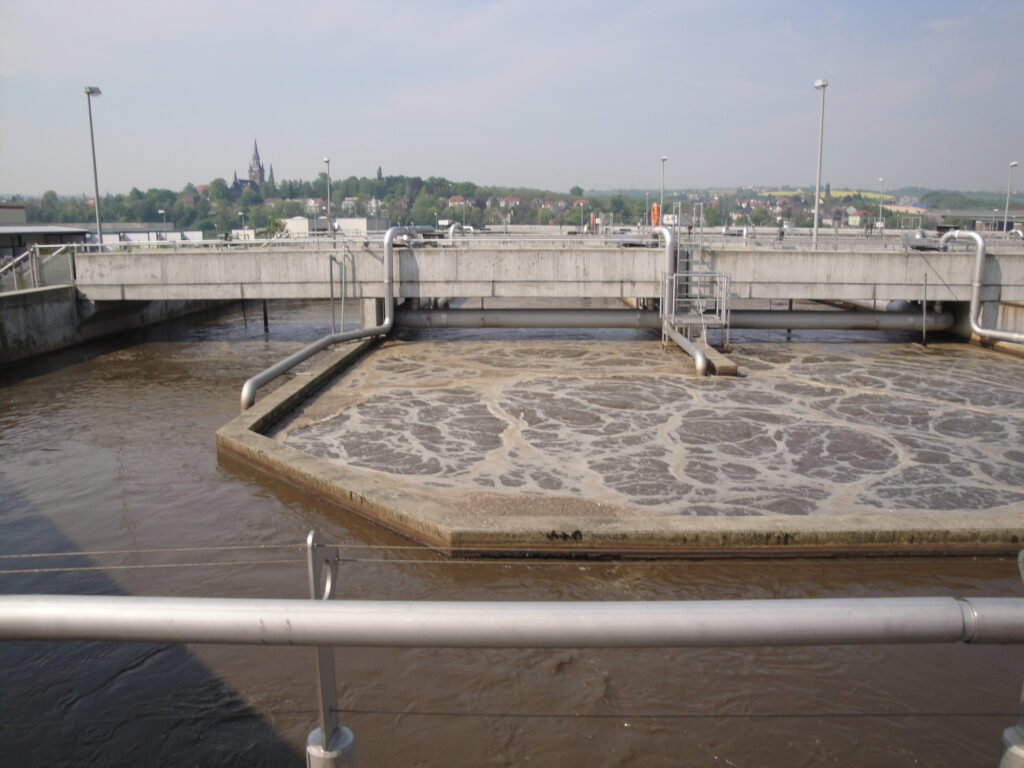
A Water balancing tank is any vessel or container equipped with mixers that is used to mix the unbalanced water to be treated. After processing, then supply the water to the treatment systems at a uniform flow rate to prevent any mechanical damages due to flow fluctuations (variable load conditions). The water treatment systems require a stable flow and composition of solid particles to perform efficiently. Before the water reaches the downstream processes, it is collected from its originating source and mixed to achieve a proper composition of solid particles in the water. The balance tank performs mixing and aerating of the incoming wastewater (in waste water treatment plant) to prevent the settlement of solids prior to allowing the flow for further treatment. Residence time of the water inside the tank decides the composition of the mixture. The balancing tanks are also known as equalization tanks or buffer tanks.
Problems arise ….
If the water stays there for too long (high residence time), then the solid particles settle down and form different layers. This is due to the reasons that either the mixing is not efficient (homogeneous) for the given residence time (mixing intensity) or the water is not moved out fast enough (flow rate).
How to know if the balancing tank is properly maintaining the desired flow and composition in the design stage itself ?
Computational Fluid Dynamics (CFD) helps in validating such cases preventing any hassle that could happen in the future by foreseeing the operation of the tank through computerized simulations.
These simulations will fetch qualitative and quantitative results. The ideal design can be arrived at by iterating the designs.
Similarly, the backwash water recovery tank and aeration tank with mixers can also be studied using CFD simulation.
Scope of CFD
Estimation of the settling rate of the suspended solids
Prediction of mixing pattern and vortex separation regions
Verification of the presence of air phase near the suction of the pumps
Identification of stagnation zones and swirl angle near the suction
The following image represents the CFD analysis of a Waste water balancing tank to find the mixing phenomenon and settling rate of the solid particles.
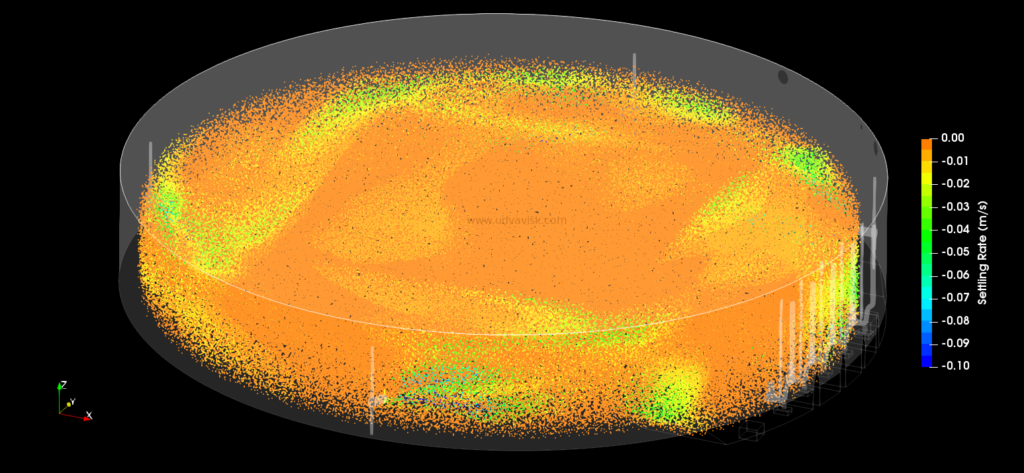
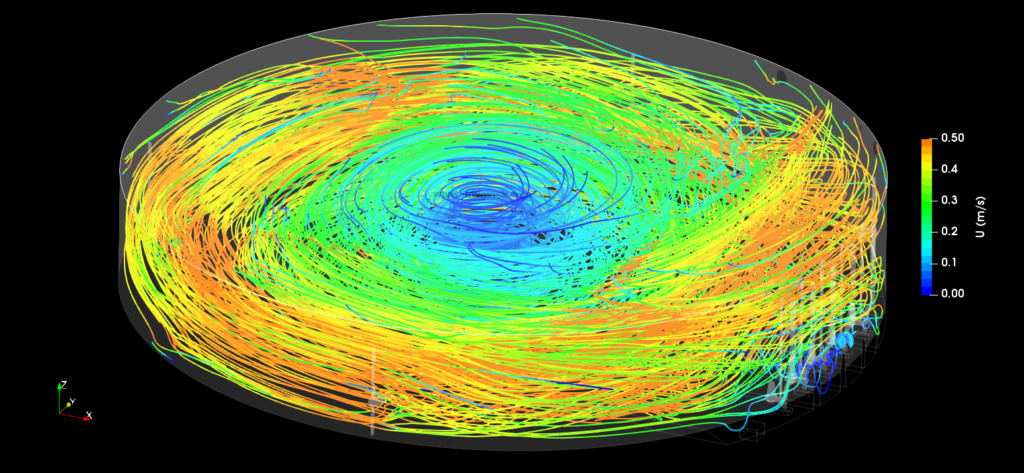

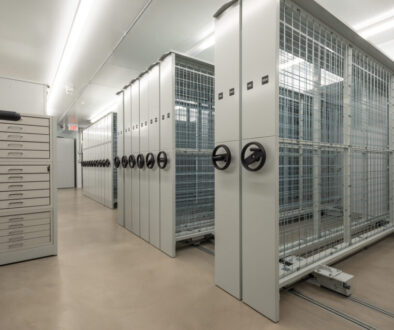
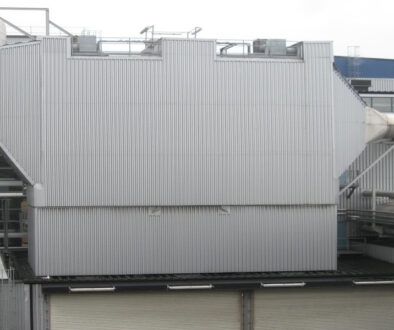

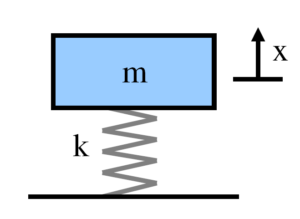
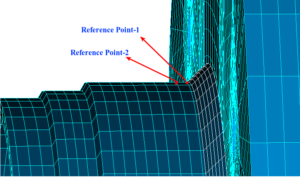
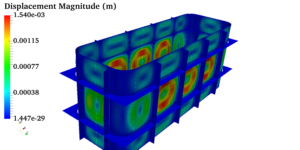 Pressure vessels, pipes, expansion joints etc. are basic equipments for process industries. Pressure vessels are vessels working under internal, external or vacuum pressure, and possibly subjected to high temperature. Proper design and analysis is very important for the pressure vessels, as their failure can cause lot of hazards. Codes/ standards are used in the design phase, followed by analysis to ascertain stresses are within the allowable range. ASME provides wide range of guidelines for the proper design of such vessels.
Pressure vessels, pipes, expansion joints etc. are basic equipments for process industries. Pressure vessels are vessels working under internal, external or vacuum pressure, and possibly subjected to high temperature. Proper design and analysis is very important for the pressure vessels, as their failure can cause lot of hazards. Codes/ standards are used in the design phase, followed by analysis to ascertain stresses are within the allowable range. ASME provides wide range of guidelines for the proper design of such vessels.